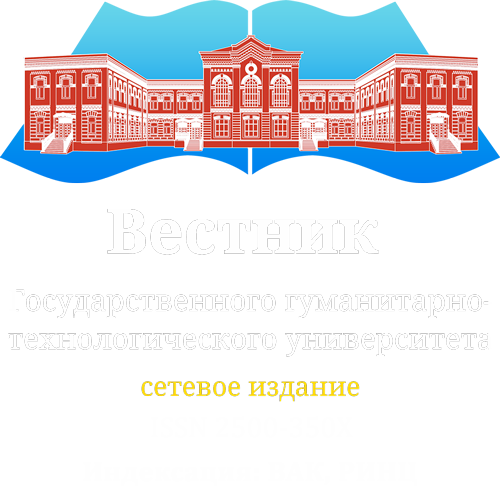Е.Ю. Полтавец 💾 МИФОЛОГИЯ МОСКВЫ В «ВОЙНЕ И МИРЕ» Л.Н.ТОЛСТОГО Московский городской педагогический университет
Аннотация. Статья посвящена образу Москвы в «Войне и мире» Л.Н. Толстого. Введение школьной дисциплины «Москвоведение», внимание современного образования к воспитанию чувства национальной идентичности, обращение к славным страницам героической истории делают изучение «Войны и мира» особенно актуальным. Научная новизна статьи заключается в рассмотрении образа Москвы через призму мифологии города, а также в сопоставлении мифологии 1812 года и историософской концепции Л.Н. Толстого, во многом связанной с изображением Москвы в «Войне и мире». Мифопоэтическая составляющая образа Москвы анализируется на фоне общемифологической семантики города: мифологии осажденного города (Фивы в фиванском цикле греческих мифов, плутарховская интерпретация осады Рима этрусками), завоеванного города (троянский миф), библейского антропоморфичного кода (город-дева и город-блудница). В то же время изображение Москвы в «Войне и мире» сопоставляется с «московским текстом», посвященным 1812 году, в первую очередь с романом А.С. Пушкина «Рославлев». Полемика Толстого с предшествующей и современной ему историографией, а также с репрезентацией образа Москвы в литературном мифе и мемуаристике рассматривается не только как проявление демократических установок автора и «мысли народной». Кризисная ситуация 1812 года (Бородинское сражение и судьба Москвы) послужила автору «Войны и мира» примером «первособытия» основного мифа. Создавая свою мифологию Москвы, Толстой сместил акцент с мифологии «вечного города» на разработку своего проекта вечного мира. Ключевые слова: мифология города; основной миф; Москва; война 1812 года; Лев Толстой; «Война и мир».
SUMMARY
THE MYTHOLOGY OF MOSCOW IN «WAR AND PEACE» BY L. N. TOLSTOY E.Yu. Poltavets Moscow City University Abstract. The article is devoted to the image of Moscow in «War and Peace» by L. N. Tolstoy. The introduction of the school discipline «Moscow studies», the attention of modern education to the education of a sense of national identity, the appeal to the glorious pages of heroic history make the study of «War and Peace» especially relevant. The scientific novelty of the article lies in the consideration of the image of Moscow through the prism of the mythology of the city, as well as in the comparison of the mythology of 1812 and the historiosophical concept of L. N. Tolstoy, largely related to the image of Moscow in «War and Peace». The mythopoetic component of the image of Moscow is analyzed against the background of the general mythological semantics of the city: the mythology of the besieged city (Thebes in the Theban cycle of Greek myths, Plutarch's interpretation of the siege of Rome by the Etruscans), the conquered city (the Trojan myth), the biblical anthropomorphic code (the virgin city and the harlot city). At the same time, the image of Moscow in "War and Peace" is compared with the "Moscow text" dedicated to 1812, primarily with the novel by A. S. Pushkin "Roslavlev". Tolstoy's polemic with the previous and modern historiography, as well as with the representation of the image of Moscow in literary myth and memoiristics, is considered not only as a manifestation of the author's democratic attitudes and the «people's thought». The crisis situation of 1812 (the Battle of Borodino and the fate of Moscow) served the author of «War and Peace» as an example of the «first event» of the main myth. Creating his mythology of Moscow, Tolstoy shifted the focus from the mythology of the «eternal city» to the development of his project of eternal peace. Key words: the mythology of the city; the main myth; Moscow; the war of 1812; Leo Tolstoy; “War and Peace”.
